Tom & Jerrys Militaria and Collectables
Original Imperial German WWI 21 cm Krupp Mörser Brass Cartridge Polte Magdeburg January 1918 SP406 Case- Dated 1918
Original Imperial German WWI 21 cm Krupp Mörser Brass Cartridge Polte Magdeburg January 1918 SP406 Case- Dated 1918
Couldn't load pickup availability

Product Condition
Product Condition
Shipping & Returns
Shipping & Returns
Shipping
All orders are subject to a delivery, packing & handling charge. The correct charges will be automatically calculated via our Shopping basket ordering system and are based on the total weight of your order, your location, and our normal method of despatch. Please be aware that we reserve the right to alter any miscalculation, plus or minus, and you will be notified prior to shipping of any changes.
When shipping items, we use the UK Royal Mail, EVRI, DPD and Parcel Force in the event of a parcel arriving with contents damaged ALL the packaging must be kept for inspection by the delivering shipping contractor whoever that contractor is, failure to adhere to this WILL result in ANY claim being denied.
We do ship internationally and will always use a Tracked and Signed for service. We strive to use the best and most economical shipping services available
All shipping, insurance and import charges will be borne by the customer.
All lots are shipped at the buyers risk no compensation will be offered for items lost or broken in transit. Alternatively you can pay for your own courier.
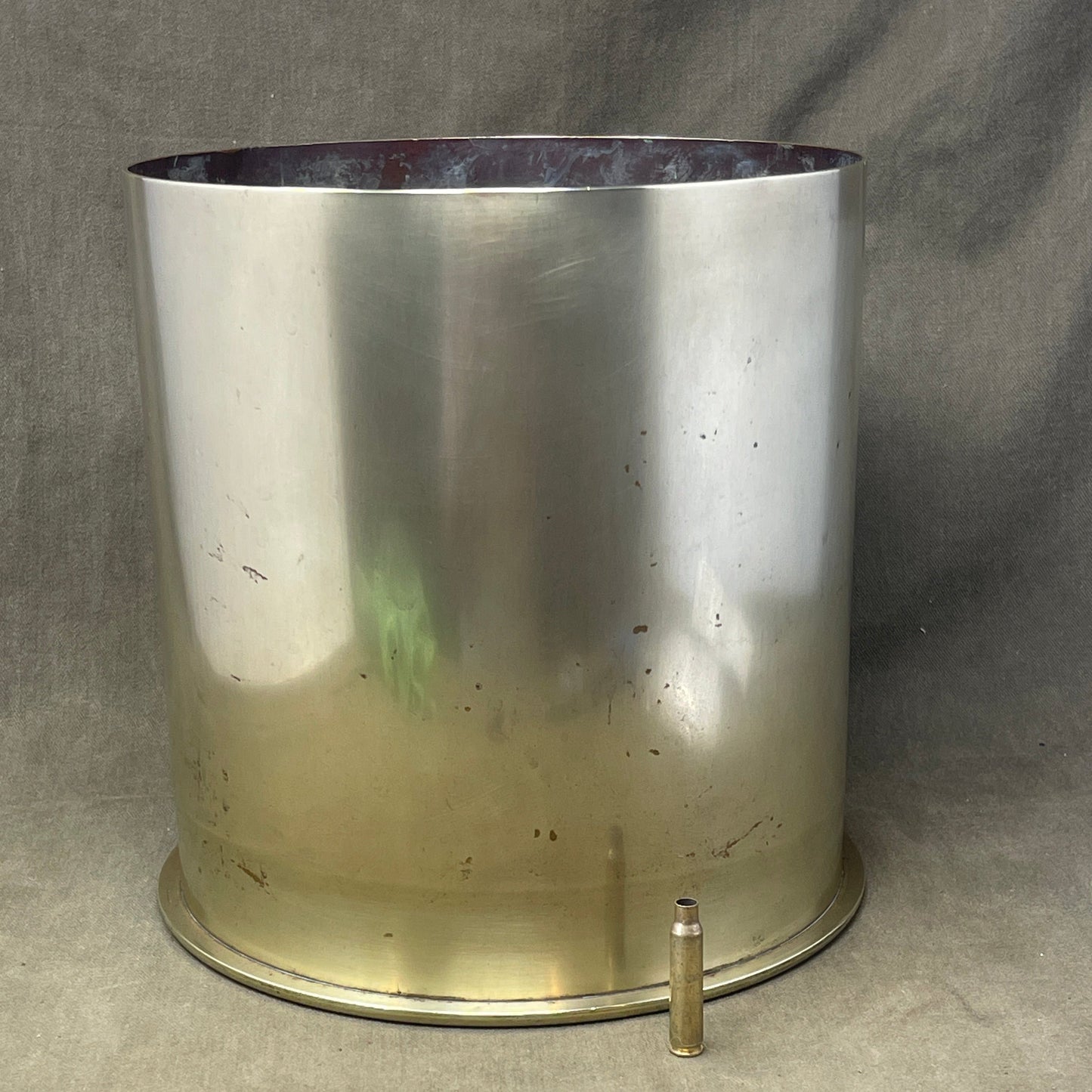
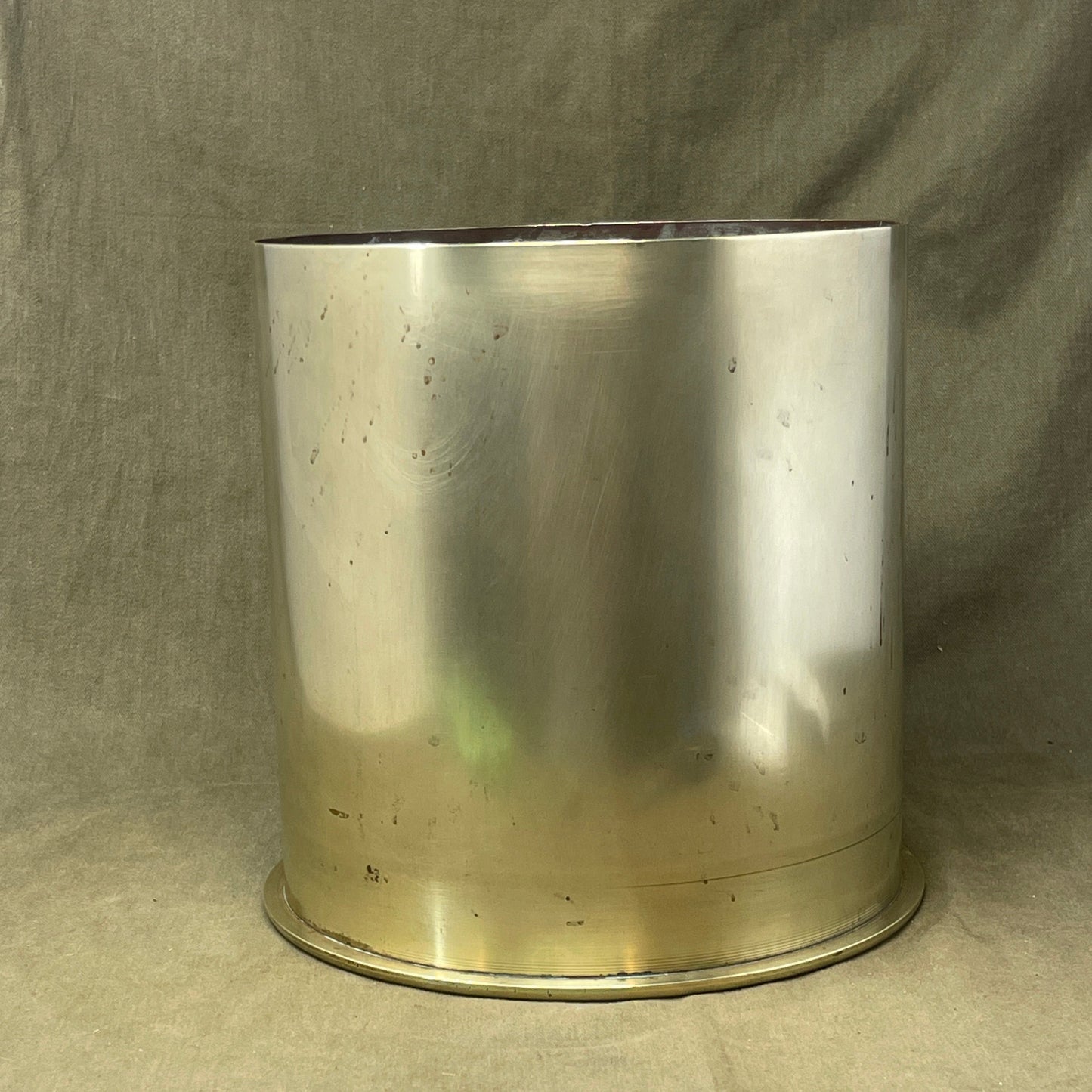
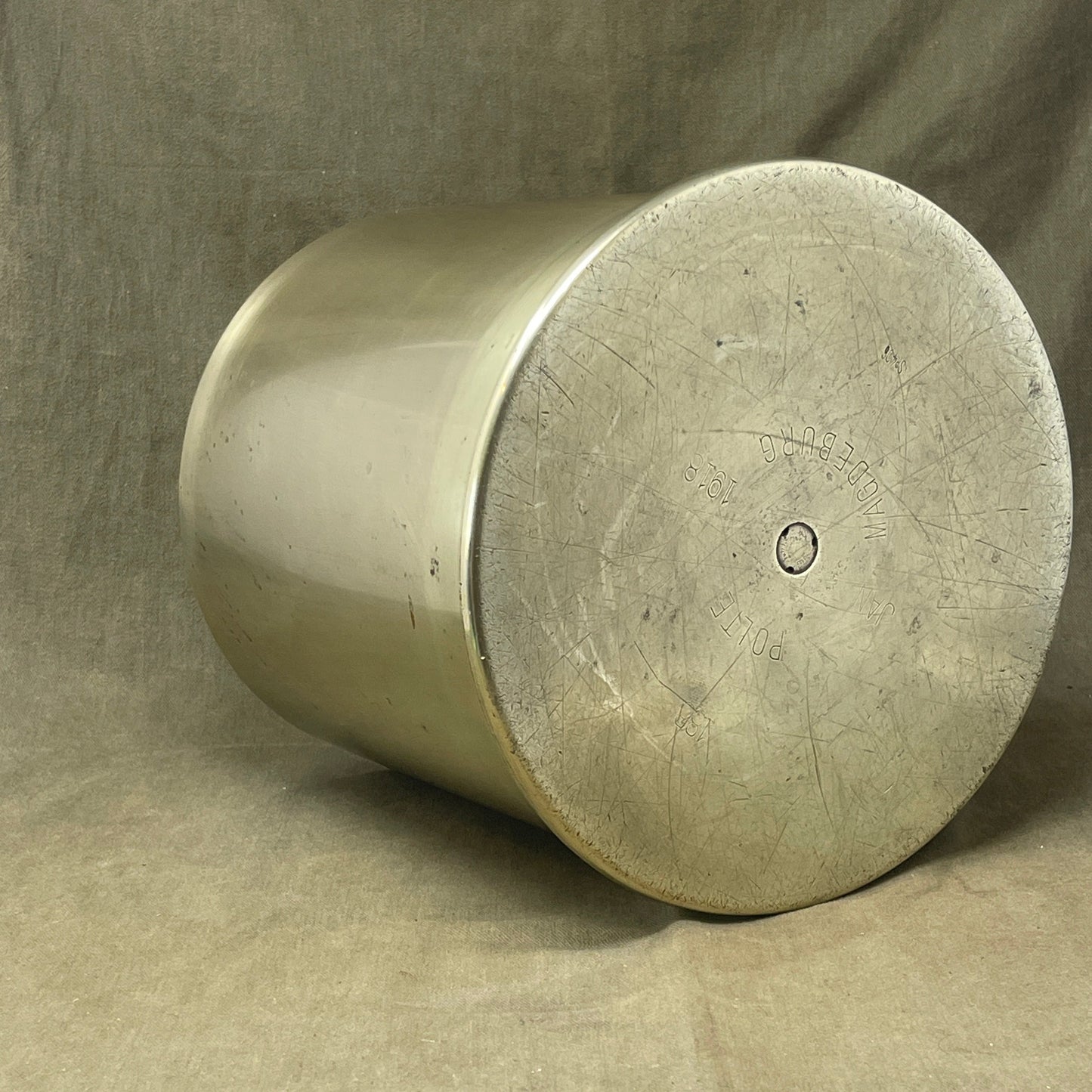
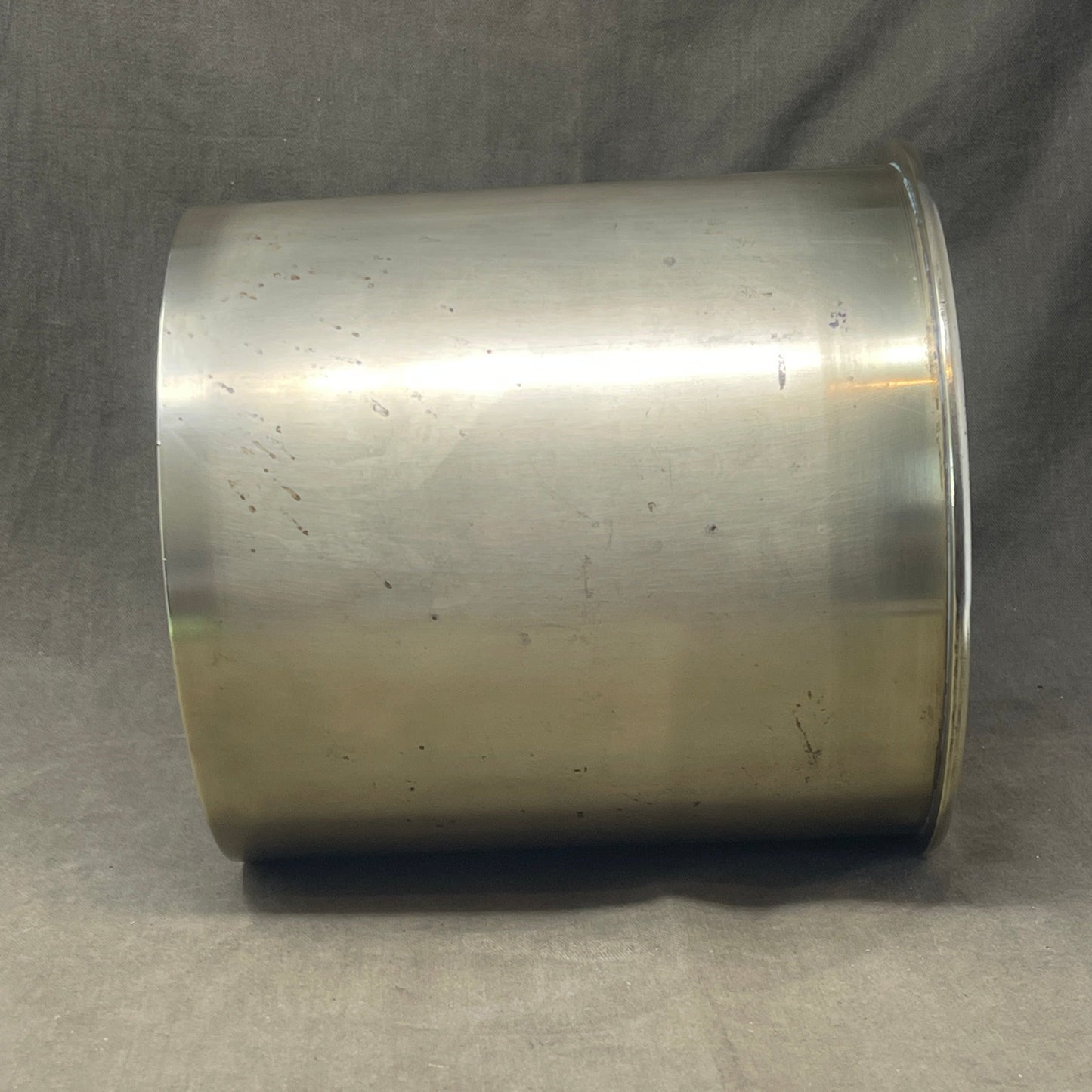
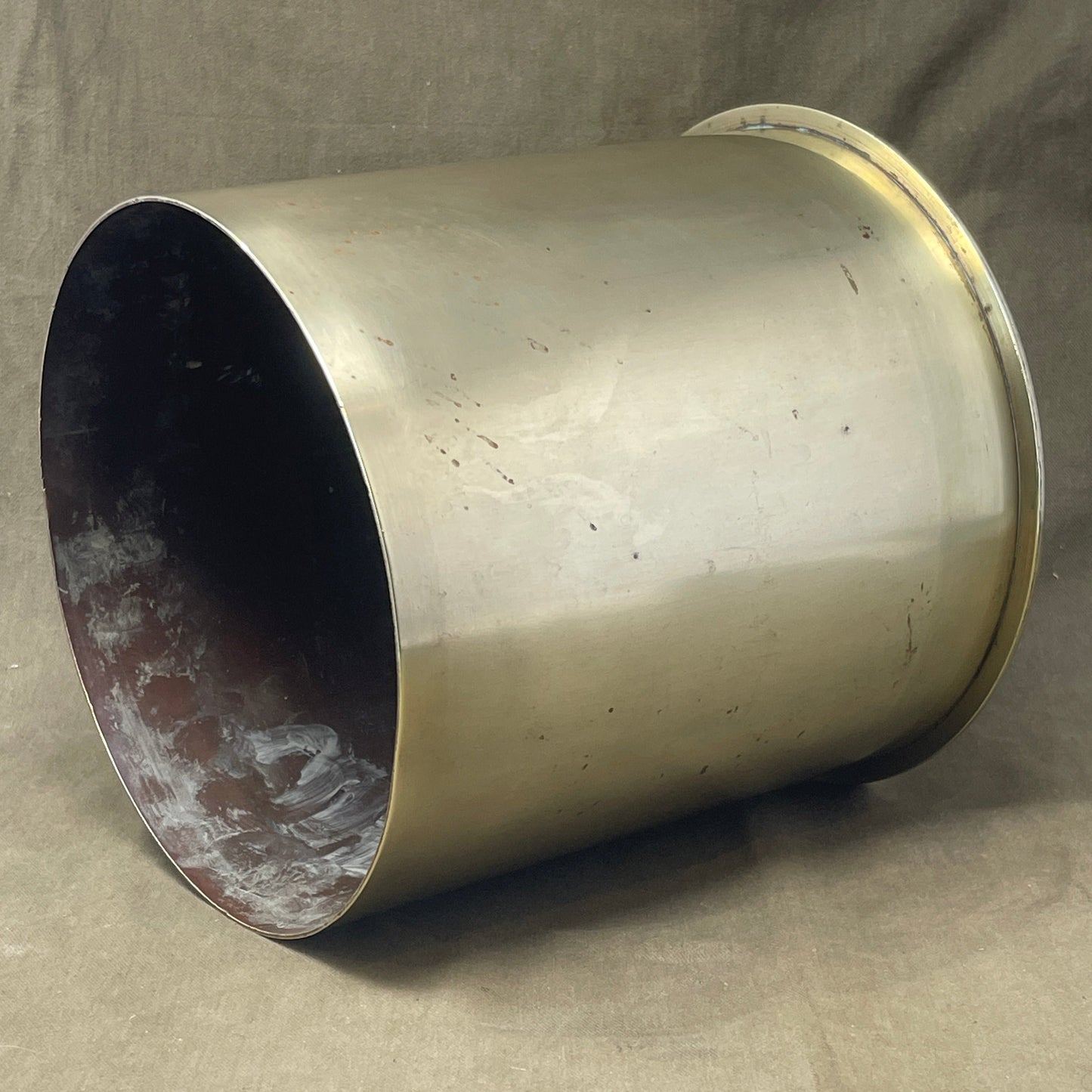
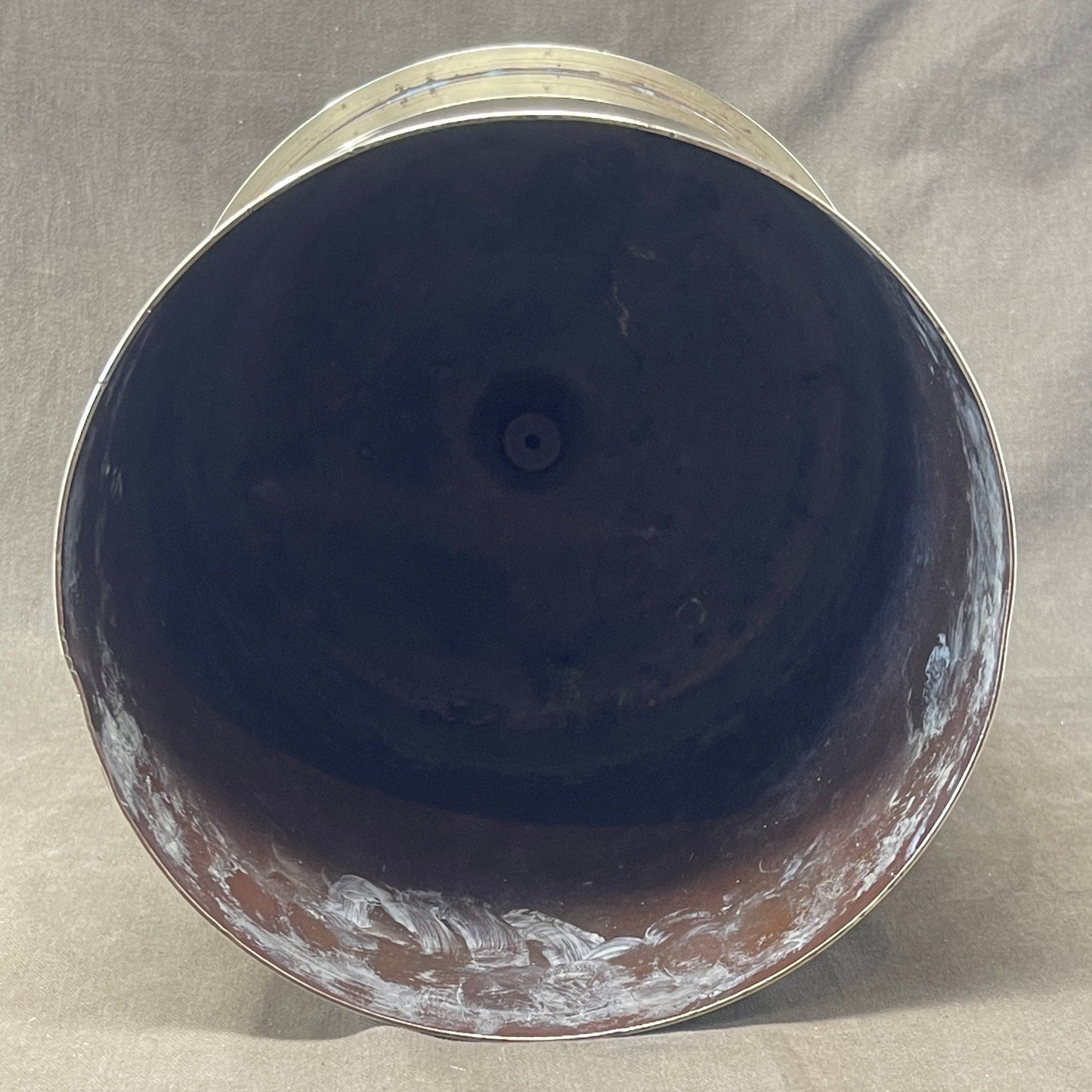
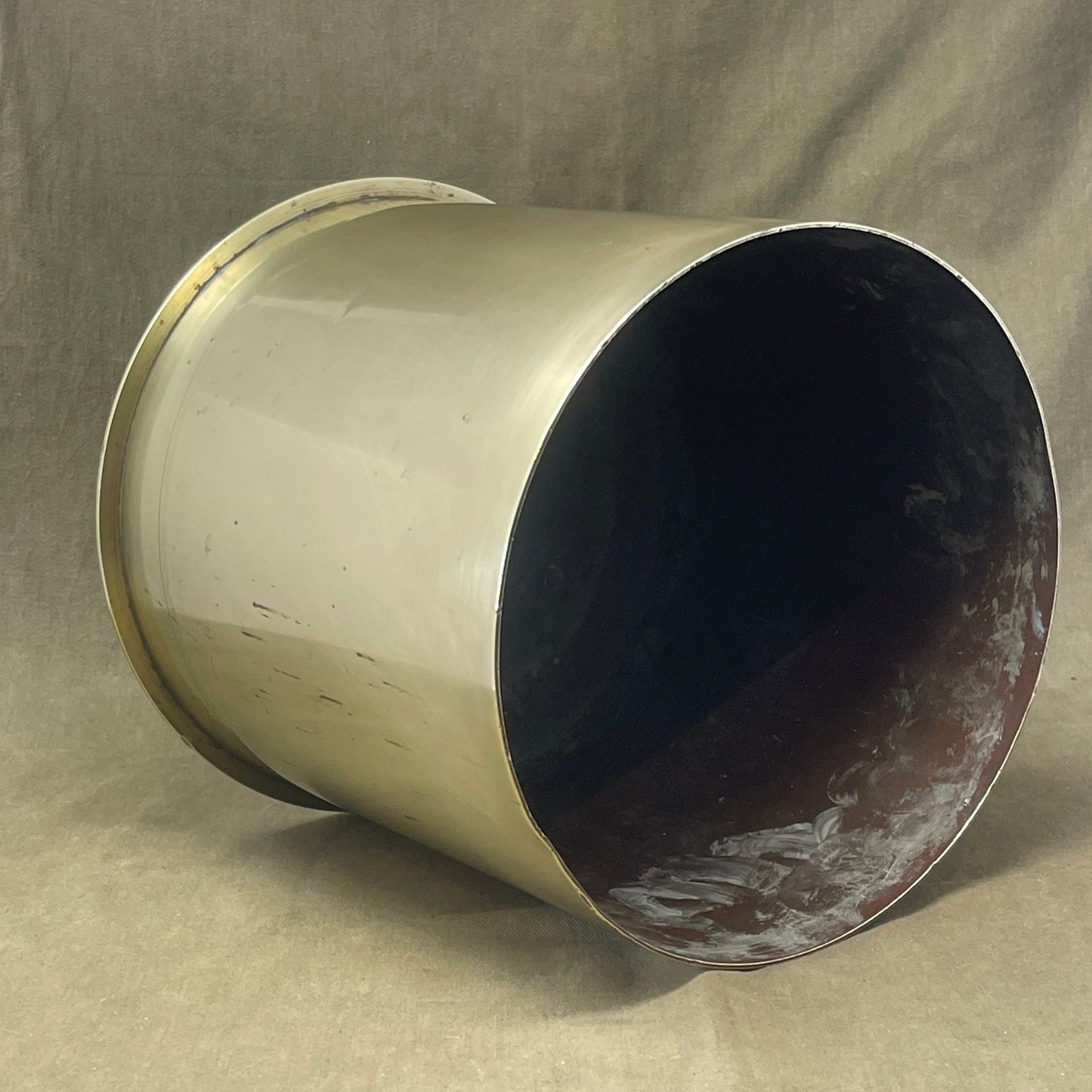
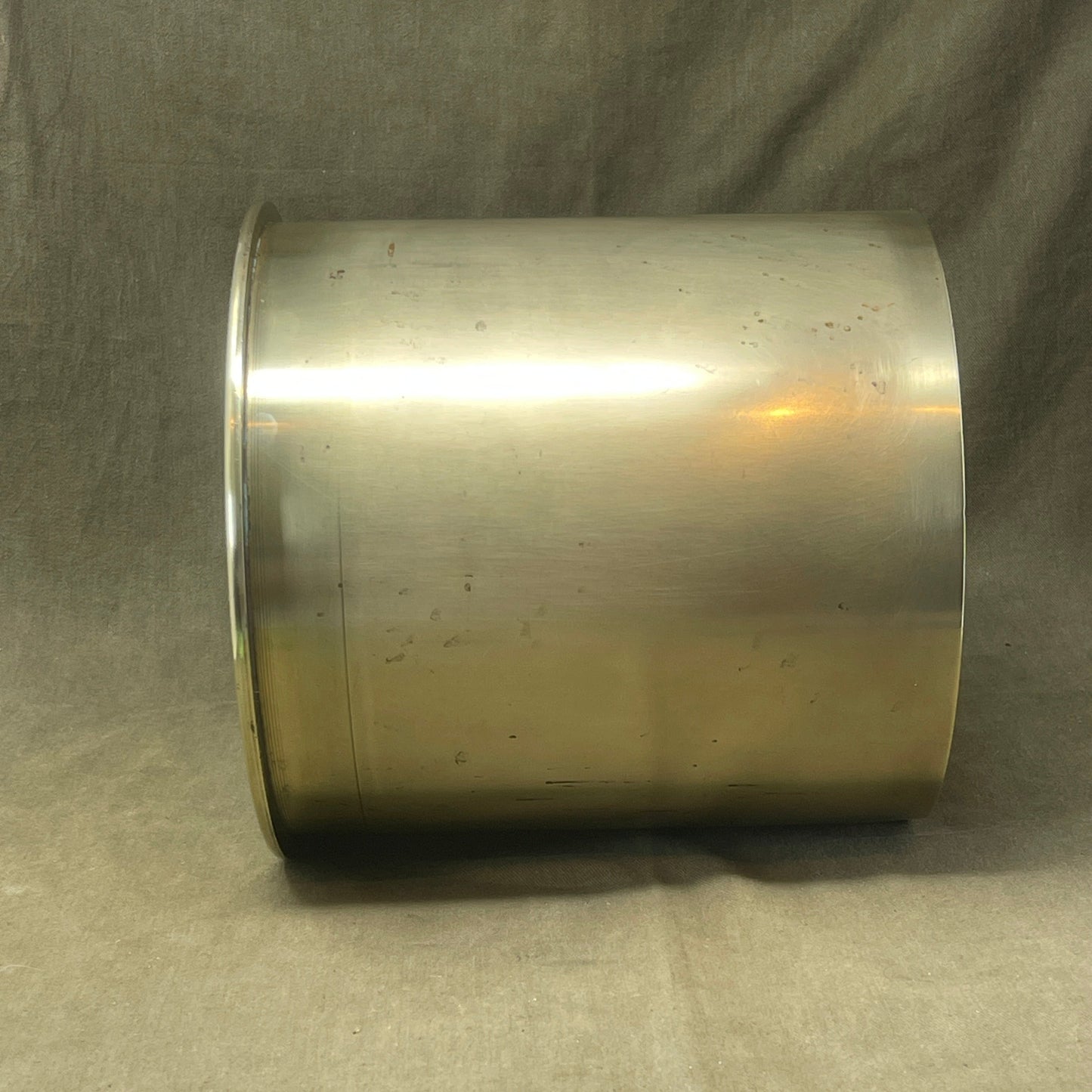
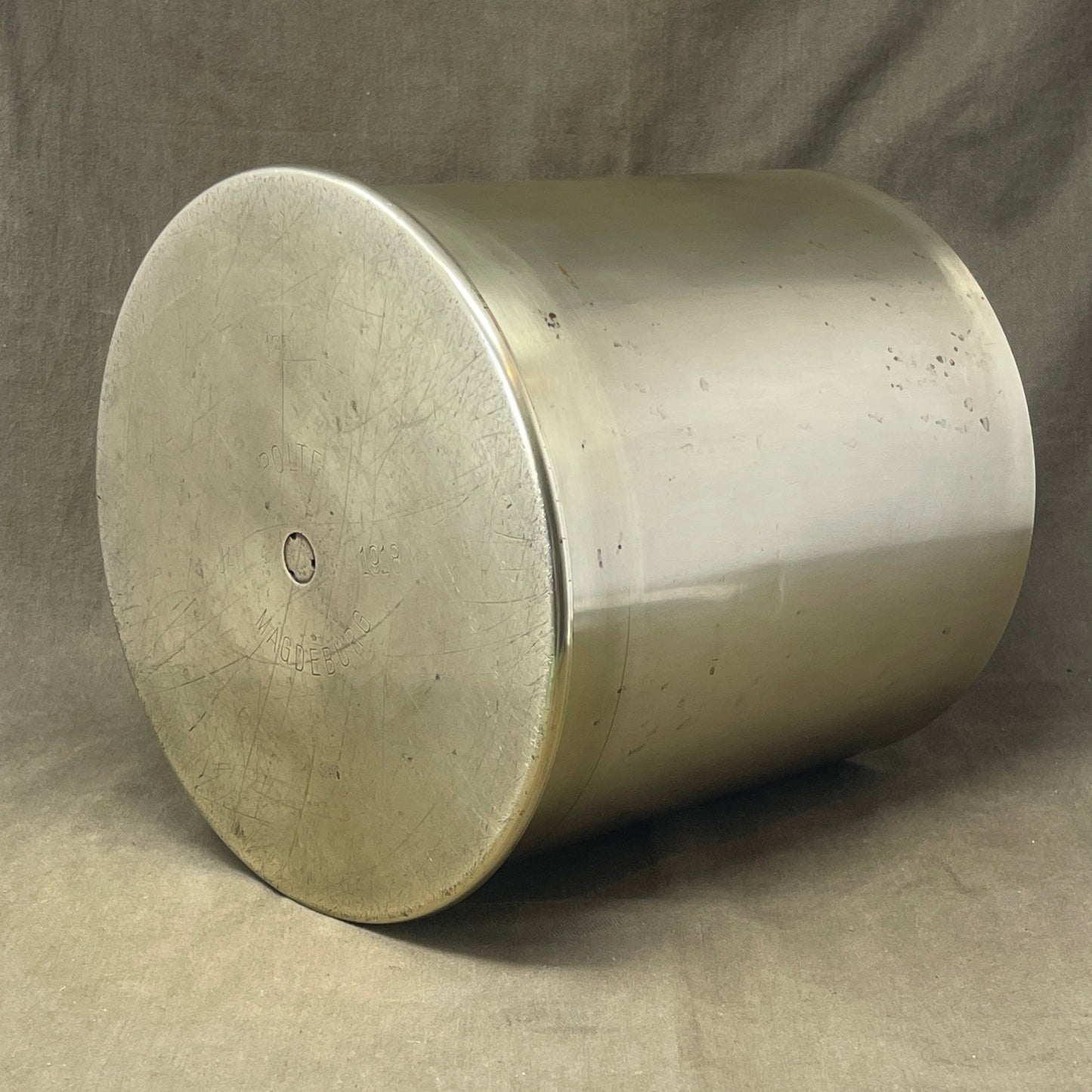
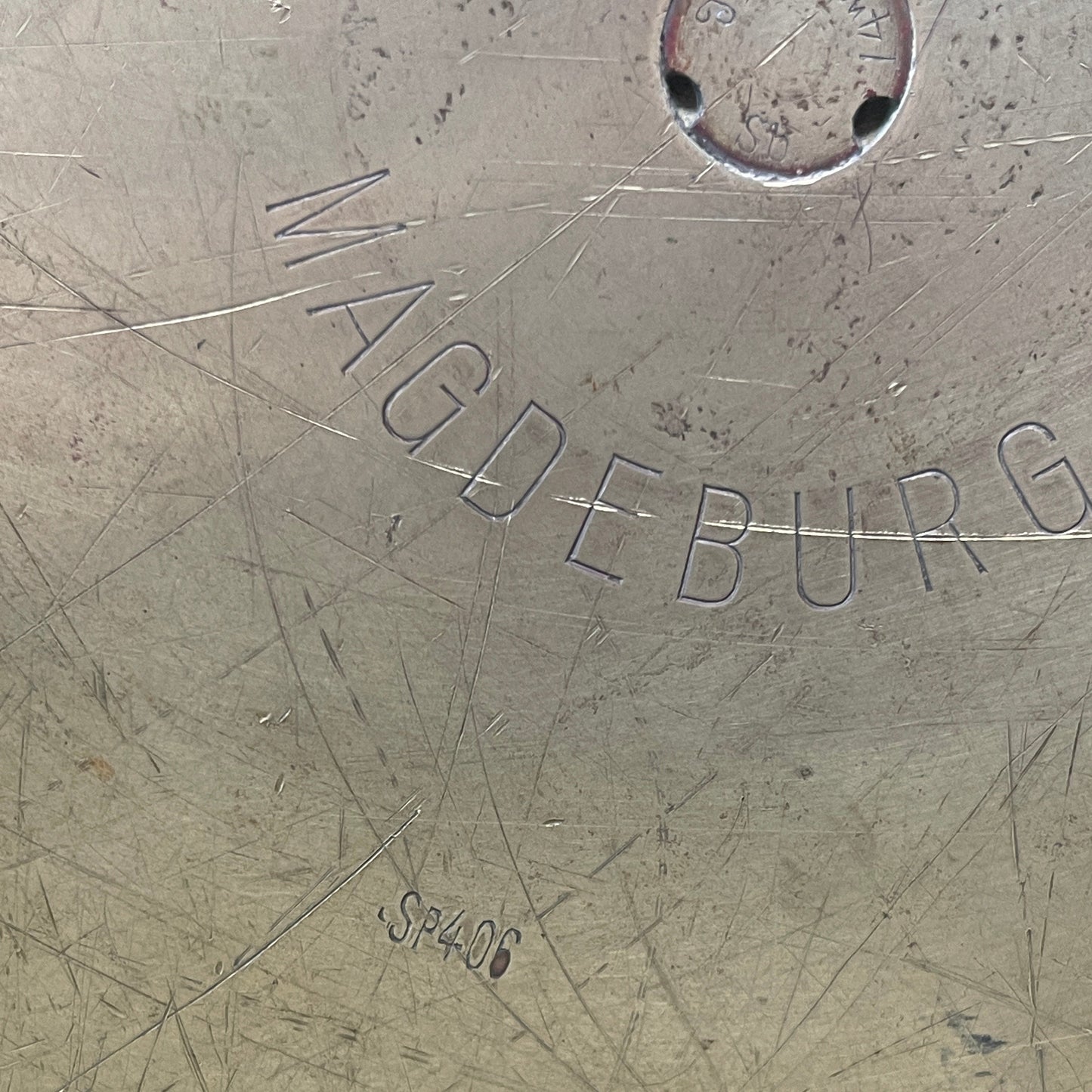
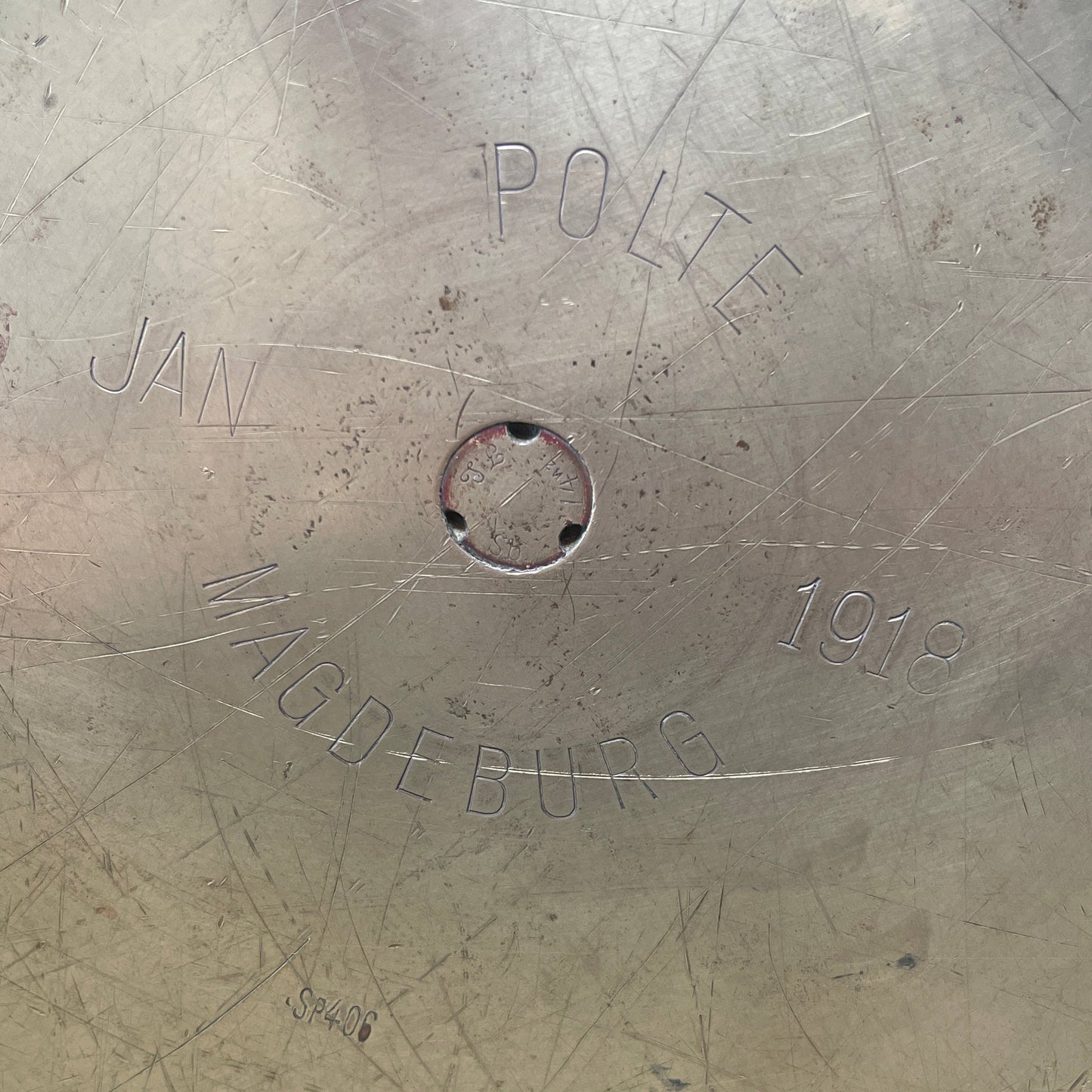
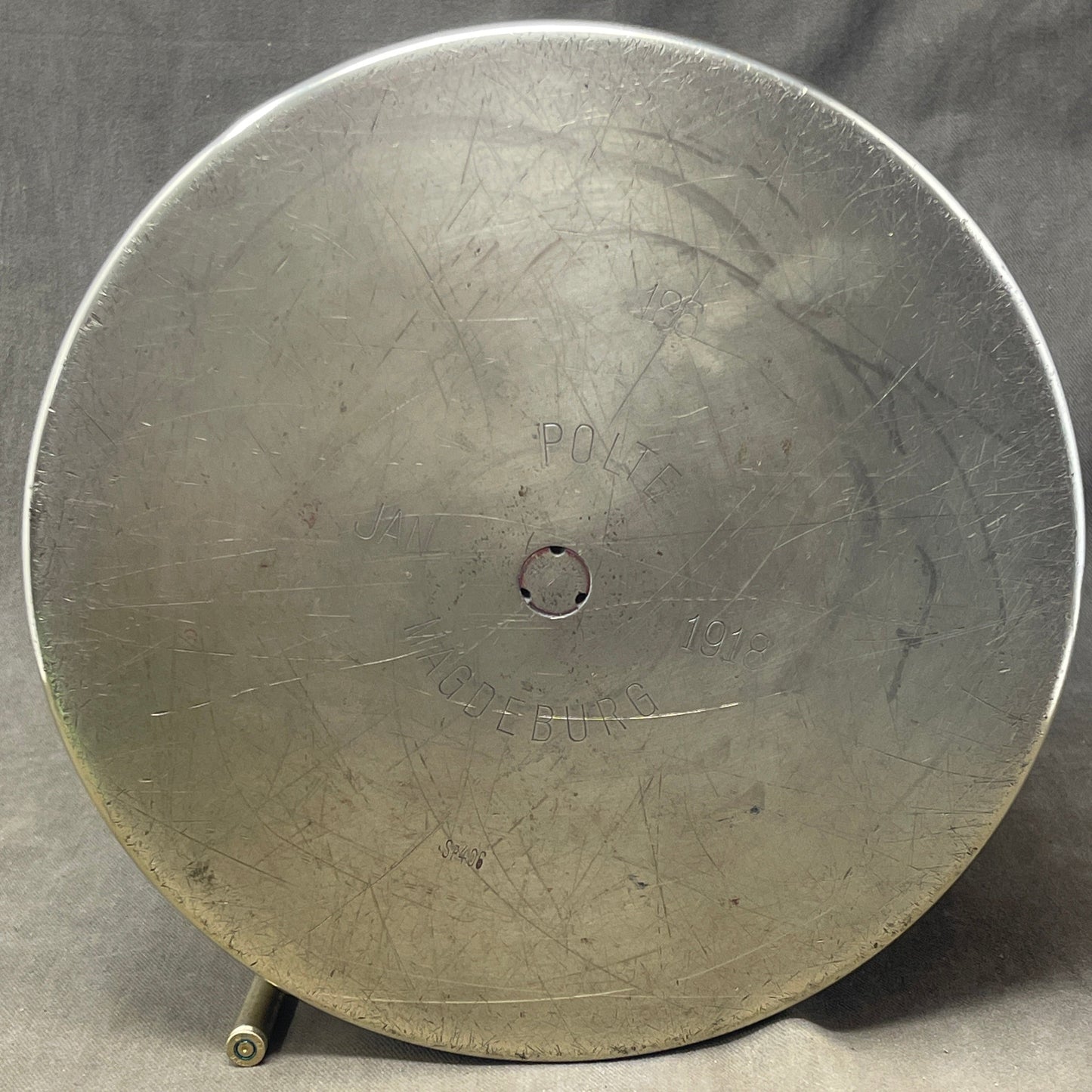
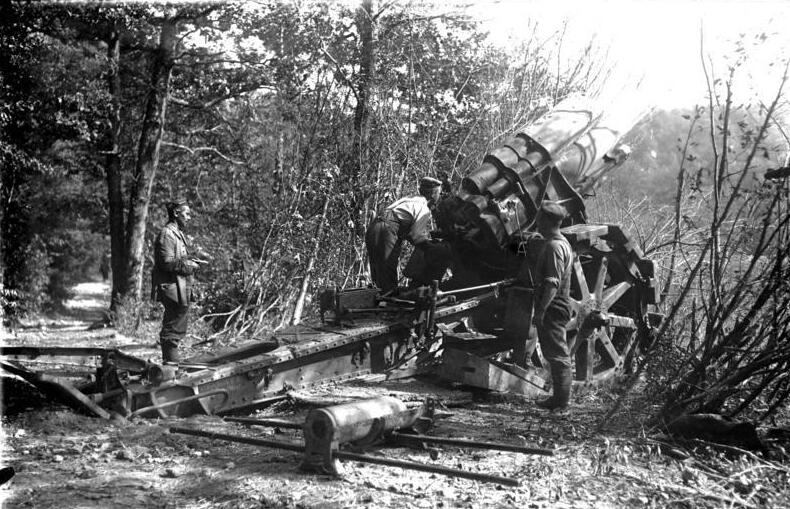
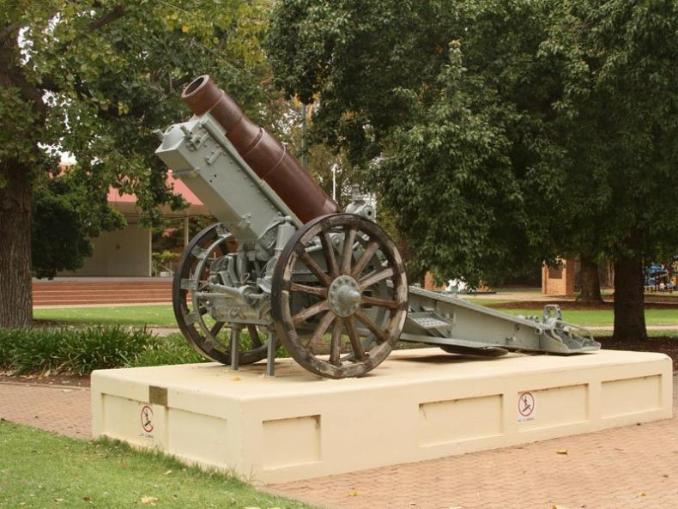
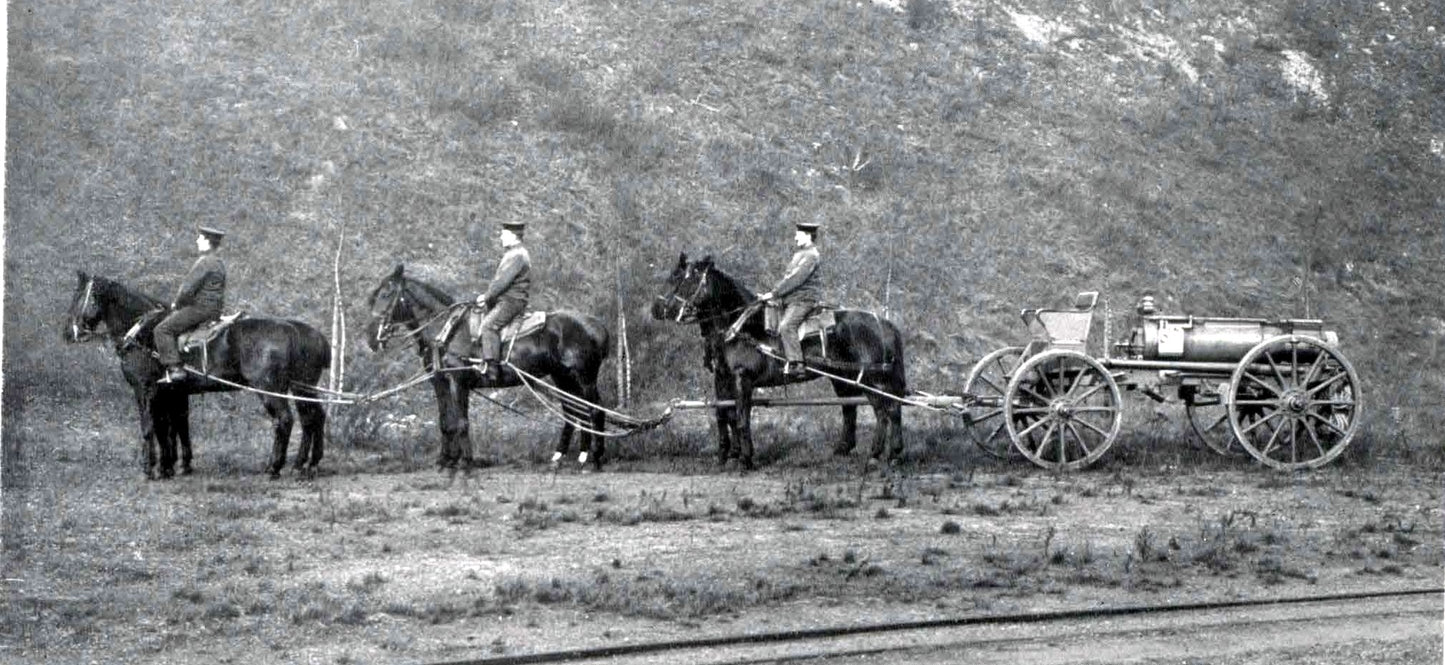
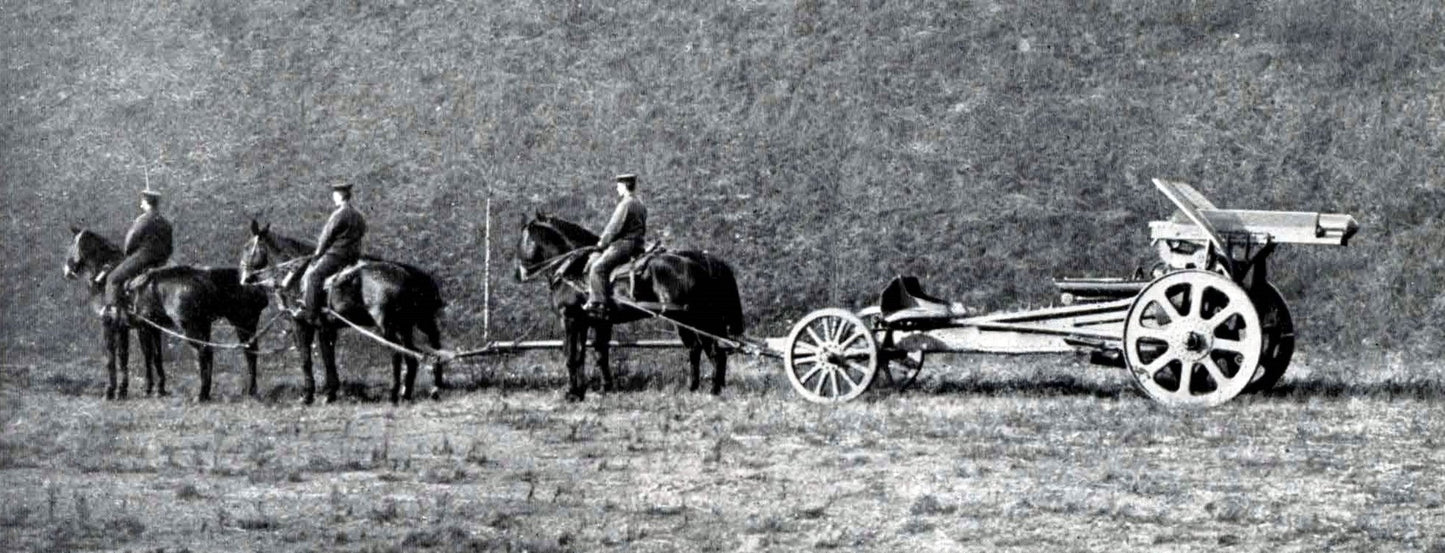
Product Description
The German WWI 21 cm Krupp Mörser brass cartridge case, specifically manufactured by Polte Magdeburg in January 1918, represents a critical piece of artillery history from the First World War. This brass casing was used with the 21 cm Mörser, a heavy howitzer designed by the renowned German arms manufacturer Krupp, known for its advanced engineering and significant contributions to the German military.
The 21 cm Mörser, introduced in 1910, was a formidable weapon used primarily by the Imperial German Army during World War I. It was capable of firing high-explosive shells over long distances, making it ideal for siege warfare, which characterized much of the conflict. The Mörser was specifically designed to destroy enemy fortifications, bunkers, and artillery positions, playing a crucial role in the heavy artillery barrages that dominated the Western Front.
The brass cartridge case in question, marked "SP406" and dated January 1918, was produced by Polte Magdeburg, one of Germany’s leading munitions manufacturers. Polte was known for its high-quality production standards, and this particular casing exemplifies the meticulous craftsmanship typical of German ordnance during the war. The "SP406" designation refers to a specific production lot, ensuring traceability and quality control within the munitions supply chain.
Technically, the 21 cm Mörser shell was designed to be loaded with a significant charge of gunpowder, which would be ignited upon firing, propelling the shell towards its target. The brass cartridge case, approximately 10 inches tall, held the propellant and was built to withstand the immense pressures generated during firing. The brass material not only provided durability but also allowed for repeated use in the harsh conditions of the battlefield.
The markings on the casing, including the date "1918" and the manufacturer’s details, offer valuable insights into its production and use. January 1918 was a pivotal time during the war, with the German military preparing for the Spring Offensive, a series of attacks intended to break the stalemate on the Western Front. The ammunition produced during this period was critical to these efforts, underscoring the importance of this artifact.
Historically, this cartridge case serves as a tangible link to the industrial and military efforts of Imperial Germany during World War I. It reflects the technological advancements of the time and the strategic importance of heavy artillery in trench warfare. For collectors, historians, and military enthusiasts, the 21 cm Krupp Mörser brass cartridge case is not just a piece of metal; it is a relic of a bygone era, representing the scale and intensity of early 20th-century warfare
















